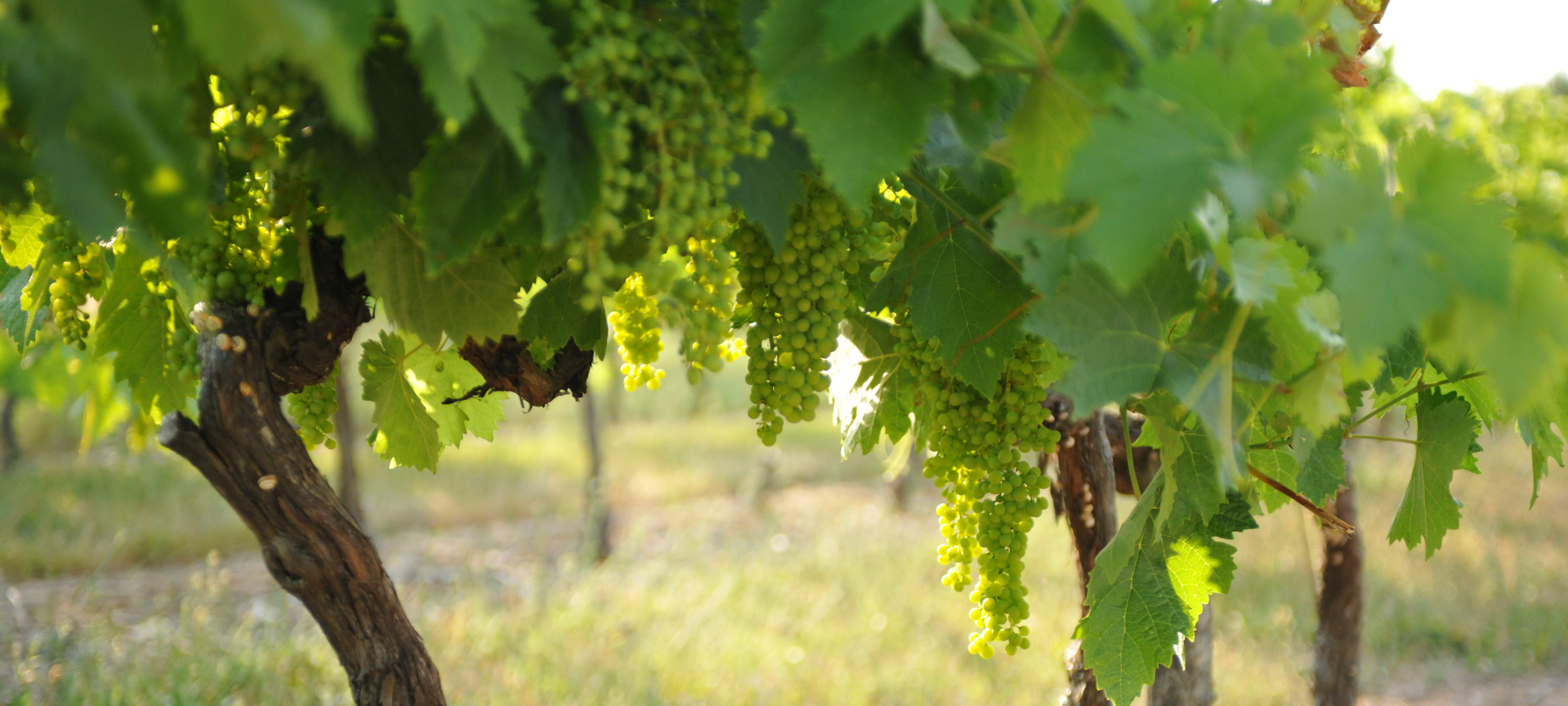
What are the vintages of the Cognac appellation?
The label of a bottle of cognac includes many indications, such as the alcoholic degree or the producer, but the most important ones remain the indications of ageing and appellation. But what are the vintages of Cognac? In fact, some cognacs mention on their label a "cru", indicating that 100% of the brandies indicated come from a certain production area. Find out what this means and learn to decrypt the different vintages.
What is a vintage?
Cognac is an appellation of controlled origin (AOC),, it can only be produced within a production area whose limits are precisely determined. It was in 1860 thatHenri Coquand, a professor of geology, defined the characteristics of the soils of the region together with a taster. The work of the professor will be used as a basis for the decree of 1938delimiting the current vintages.
As for the production area, it was delimited by decree on May 1st, 1909. Thus, the Cognac, Eaux-de-vie de Cognac and Eaux-de-vie des Charentes appellations are reserved for brandies produced from wines harvested and distilled in certain well-defined territories of Charente-Maritime, Charente, Deux-Sèvres and Dordogne.
What are the different Grands Crus of cognac ?
Coming from both sides of the Charente River, cognac has specific characteristics depending on the terroir where its vines are planted.
Grande Champagne
This area represents approximately 34,700 hectares and is located in the region of Charente. At its heart is the small town of Segonzac. Grande Champagne has a whitish soil with a friable limestone subsoil. Its climate is less influenced by the ocean than the other crus, because it is further from the sea. On the other hand, it does not show a strong continental nature. The brandies from this vintage offer a very fine and long bouquet in the mouth. They benefit from the AOC "Cognac Grande Champagne" or "Cognac Grande Fine Champagne".
La Petite Champagne, between Charente and Charente-Maritime
Petite Champagne surrounds the southern part of Grande Champagne. It devotes 15,000 of its 66,000 hectares to the vineyards for cognac. Its main towns are Barbezieux (Charente), Archiac and Jonzac (Charente-Maritime). The brandies from this cru are distinguished by remarkable finesse and mellow aromas. The soil has thinner layers of limestone than in Grande Champagne. The brandies produced here carry the AOC "Cognac Petite Champagne".
Good to know: The case of Fine Champagne
Fine Champagne is not a cru. It is, in fact, an Appellation of Controlled Origin (AOC), the outcome of a blend containing at least 50% Grande Champagne brandies added to Petite Champagne brandies.
Les Borderies, the smallest cognac vintage
The Borderies are located north of the Charente River. Its brandy is round, bouqueted and sweet, with very special aromas of violet. This aromatic profile is due to a mostly silico-clay soil. These brandies come from 4,000 hectares of vineyards benefiting from an oceanic climate. One of the characteristics of this vintage: its brandies vieillissent plus rapidement. L’AOC « Cognac Borderies » permet d’indiquer les eaux-de-vie issues en exclusivité de ce cru.
This aromatic profile is due to a mostly silico-clay soil. One of the characteristics of this cru: its eaux-de-vie age more quickly. The AOC "Cognac Borderies" allows to indicate the eaux-de-vie exclusively from this cru.Good to know :
With 188 hectares, the Maison CAMUS has the largest extension of vineyards owned by a single producer within the Borderies cru. These vines have resulted in the production of exceptional cognacs such as Camus Cognac Special Dry Borderies Single Estate.
Les Bons Bois and its rapidly aging brandies
Les Bons Bois surround the vintages of Fins Bois, Borderies, Petite Champagne and Grande Champagne. Their geographical situation implies various climates, from oceanic to continental. This cru benefits from a less calcareous soil with a production area extending of 9 300 hectares. Although not as fine as the previous vintages, its brandies are distinctive for a fruity bouquet and a round texture. They also have the advantage of maturing quickly. The spirits from this cru benefit from the AOC "Cognac Bons Bois".
Les Fins Bois, the largest of the crus
The cru of Fins Bois is located on the edge of the Grande Champagne, Petite Champagne and Borderies regions. With its 31,200 hectares of vines destined for Cognac, it is the largest of the six crus of this brandy. Its brandies are round and supple. They age quickly and offer a bouquet reminiscent of pressed grapes. Its soils are mostly composed of hard red limestone. This is why the brandies have abalanced flavor profile. Strong without being heavy, they are designated by the AOC "Cognac Fins Bois".
Bois Ordinaires or Bois à terroir
Bois Ordinaires represent a vast area of 260,000 hectares. In contrast, only 1.5% of this area is devoted to cognac. The area stretches from the Atlantic Ocean (including the islands of Oléron and Ré) to the Deux-Sèvres and the Dordogne. The spirits from this cru are marked by a greater maritime influence. They can benefit from the AOC "Cognac Bois Ordinaires".
The vintage of a cognac does not determine its quality, but it allows us to know the specificities of the terroir from which it comes. Thus, you know that with our cognacs from the Borderies vintages, like our Cognac Camus VSOP Borderies Single Estate, you will enjoy deep and unique floral notes.





